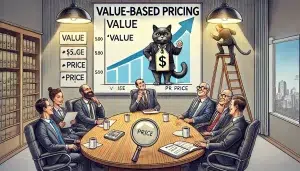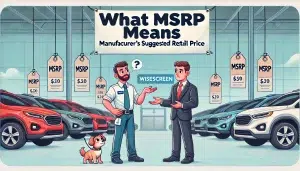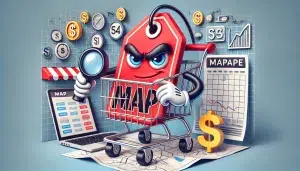
Bundle pricing, also known as product bundling, is a strategic pricing approach where multiple products or services are offered together at a discounted price.
This technique is widely used in ecommerce and retail to boost sales, manage inventory, and create competitive advantages.
What is Bundle Pricing?
Bundle pricing involves combining two or more products or services into a single package, typically sold at a lower price than if the items were purchased separately.
According to Harvard Business Review, this strategy can increase perceived value and encourage larger purchases.
Benefits of Bundle Pricing
- Increased Value for Customers: Bundles offer savings compared to individual item purchases.
- Higher Sales Volume: Encourages customers to buy more items.
- Inventory Management: Helps clear slow-moving stock.
- Competitive Differentiation: Sets businesses apart from competitors.
- Enhanced Customer Experience: Simplifies purchasing decisions.
Bundle Pricing in Ecommerce
Ecommerce businesses often use bundle pricing for complementary products. For instance, an electronics retailer might offer a laptop bundle that includes a laptop, mouse, and laptop bag at a discounted price. Shopify reports that bundling can increase average order value by up to 35%.
Bundle Pricing in Retail
Retail stores use bundling to clear inventory and promote multiple purchases. A clothing retailer might offer a “complete outfit” bundle, including a shirt, pants, and accessories at a reduced price.
This strategy can be particularly effective during seasonal transitions or for overstocked items.
Implementing a Successful Bundle Pricing Strategy
To create effective bundles:
- Analyze your target market and product mix
- Set clear sales goals
- Consider the impact on margins and profitability
- Test different bundle combinations
- Monitor customer feedback and adjust accordingly
McKinsey & Company emphasizes the importance of data-driven decision-making when implementing pricing strategies like bundling.
FAQs
Q: What is the difference between bundle pricing and volume discounts?
A: Bundle pricing offers a discount on a package of different products, while volume discounts apply to larger quantities of the same product.
Q: Can bundle pricing work for service-based businesses?
A: Yes, service businesses can bundle complementary services or offer tiered packages to attract customers and increase value.
Q: How do I determine the right discount for my bundles?
A: Analyze your costs, competitor pricing, and perceived value to customers. Start with a modest discount and adjust based on performance.
Q: Are there any potential drawbacks to bundle pricing?
A: Potential drawbacks include reduced profit margins on individual items and the risk of cannibalizing sales of high-margin products.
By implementing a well-planned bundle pricing strategy, businesses can enhance customer value, increase sales, and gain a competitive edge in the market.




